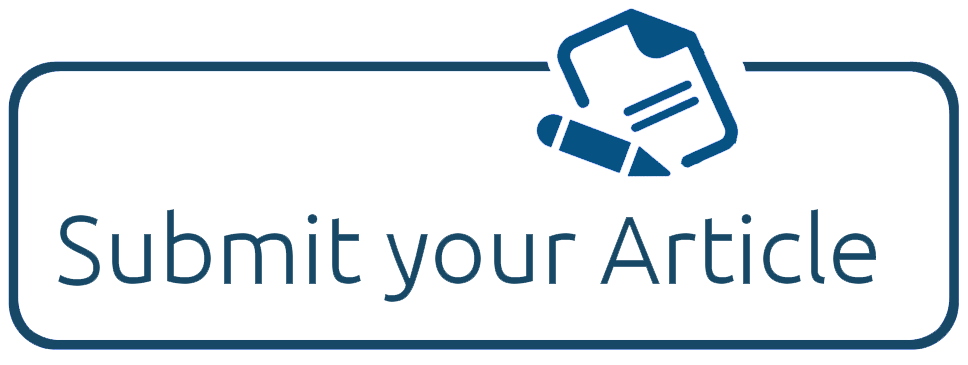Submissions
Submission Preparation Checklist
As part of the submission process, authors are required to check off their submission's compliance with all of the following items, and submissions may be returned to authors that do not adhere to these guidelines.- The submission has not been previously published, nor is it before another journal for consideration (or an explanation has been provided in Comments to the Editor).
- The submission file is in OpenOffice, Microsoft Word, or RTF document file format.
- Where available, URLs for the references have been provided.
- The text is single-spaced; uses a 12-point font; employs italics, rather than underlining (except with URL addresses); and all illustrations, figures, and tables are placed within the text at the appropriate points, rather than at the end.
- The text adheres to the stylistic and bibliographic requirements outlined in the Author Guidelines.
Copyright Notice
Ibtida'i: Jurnal Kependidikan Dasar, https://ftk.uinbanten.ac.id/journals/index.php/ibtidai is licensed under a Creative Commons Attribution-ShareAlike 4.0 International License
An author who publishes in Ibtida'i: Jurnal Kependidikan Dasar agrees to the following terms:
- The author retains the copyright and grants the journal the right of first publication of the work simultaneously licensed under the Creative Commons Attribution-ShareAlike 4.0 License that allows others to share the work with an acknowledgement of the work's authorship and initial publication in this journal
- The author can enter into separate, additional contractual arrangements for the non-exclusive distribution of the journal's published version of the work (e.g., post it to an institutional repository or publish it in a book) with the acknowledgement of its initial publication in this journal.
- The author is permitted and encouraged to post his/her work online (e.g., in institutional repositories or on their website) before and during the submission process, as it can lead to productive exchanges, as well as earlier and greater citation of the published work (See The Effect of Open Access).
The names and email addresses entered in this journal site will be used exclusively for the stated purposes of Ibtida’i: Jurnal Kependidikan Dasar and will not be made available for any other purpose or to any other party.
All personal data collected through this site will be processed and stored securely. The Editorial Team and Publisher of Ibtida’i are committed to protecting the privacy of authors, reviewers, and readers. This journal complies with internationally recognized privacy protection standards and Indonesia's Government Regulation No. 71 of 2019 on the Implementation of Electronic Systems and Transactions (PP PSTE).
Data will only be accessed by authorized personnel and used for purposes including communication regarding article submission, peer review process, publication, and indexing. Users may contact the Editorial Office to request access to, correction of, or deletion of their personal data.
Privacy Statement
The names and email addresses entered in this journal site will be used exclusively for the stated purposes of Ibtida’i: Jurnal Kependidikan Dasar and will not be made available for any other purpose or to any other party.
All personal data collected through this site will be processed and stored securely. The Editorial Team and Publisher of Ibtida’i are committed to protecting the privacy of authors, reviewers, and readers. This journal complies with internationally recognized privacy protection standards and Indonesia's Government Regulation No. 71 of 2019 on the Implementation of Electronic Systems and Transactions (PP PSTE).
Data will only be accessed by authorized personnel and used for purposes including communication regarding article submission, peer review process, publication, and indexing. Users may contact the Editorial Office to request access to, correction of, or deletion of their personal data.

















